Recycling glory
Updated: 2012-09-16 08:18
By Sun Ye(China Daily)
|
||||||||
From 'fit for kings' to 'unfit for living' to 'heritage showcase', Beijing's courtyard homes are spinning a new loop on the roller coaster of history. Sun Ye looks at the ups and downs.
Looking at the rotten columns and the fragile, weather-beaten walls, the appraiser's evaluation of a 100-year-old courtyard house or siheyuan in Xinjiekou was "unfit for living", even though the occupants had already removed much of the illegal and hazardous extensions so common to such properties.
About 95 percent of Beijing courtyard homes are in similar condition - crammed and cracked from decades of crowding and lack of funds to maintain and renovate.
|
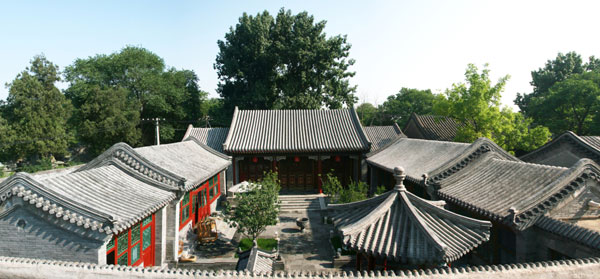
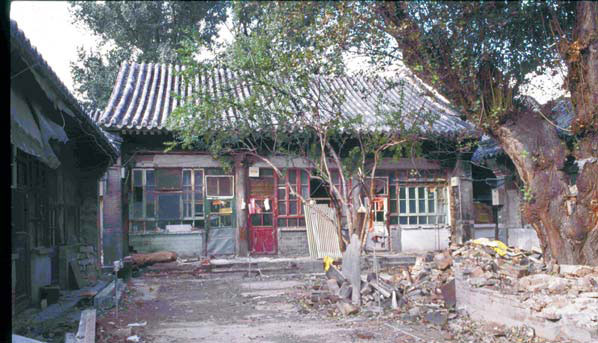 |
| Renovation can work wonders - pictured above and top are the past and present of Gongjian Sixiang in the Xicheng district. Photos Provided to China Daily |
Complicated psychographics and demographics are made worse by a situation where individuals are interested only in protecting their own interests and limited resources.
But there is no rush to mourn the demise of Beijing's most characteristic, common-man architecture.
It is enjoying a renaissance, and this time, it is not with government subsidy or help, it is market forces at work.
It is demand from investors with deep pockets, and a heartfelt interest in protecting their cultural heritage.
It has to be a specific group with a philanthropic bent because you need to invest the right attitude and time, as well as lots of silver and gold.
The courtyard homes in designated culturally protected areas cannot be demolished, neither can the land they stand upon be developed for other uses.
These properties are the most valuable.
They have to be restored according to guidelines culled from ancient regulations that dictate which rooms must face which direction, are built to what height and in what order.
It is these time-honored proportions that make the siheyuan architecture unique.
Although there are no official government requirements to enforce such details, every plan to renovate and restore these historic buildings must gain planning approval in a process that may take up to three or four years.
Zhang Fan heads the Beijing Shunyixing Franchise Center Courtyard, a real estate agency that handles both the sale and renovation of most of the courtyard homes for sale in the capital.
She says the average renovation can cost from 7,000 yuan ($1,106) per square meter and easily go higher.
The most basic renovations, according to Zhang, are about 2,000 yuan per square meter if subsidized by the government, a figure that is already way out of reach for many of the original owners.
If prospective buyers question the costs, Zhang often tells them to forget about buying siheyuan and opt for posh new apartments instead. For her, her beloved courtyards are not to be sullied by such common concerns as money.
Most of her clients share the same attitude.
Many are connoisseurs and devotees who are driven by higher ideals.
They are willing to reach deep into their wallets to restore a part of history, and they are also rich enough to be able to wait patiently as their restoration plans go through the design, approval and renovation process for several years.
Qiao Gangliang, general counsel at Siemens China, is one of those who have taken heritage preservation to heart, and their own hands.
Qiao is a Beijing native who believes those with the interest and means should preserve their childhood homes.
"Beijing's modernization comes at the expense of tradition to a certain extent.
"Even though we're only restoring the courtyards one at a time, the whole neighborhood will learn to respect the heritage eventually."
- Cuba intensifies fight to fend off Zika virus
- UN chief calls for 'prompt, impartial' probe into airstrike on Yemeni market
- Ex-Tepco execs indicted over Fukushima disaster
- British PM threatened with 'no confidence vote' over EU referendum
- 70,000 may become trapped in Greece
- Venezuela, Qatar, Saudi Arabia, Russia to meet to stabilize oil market

 China's first large passenger plane poised for maiden flight
China's first large passenger plane poised for maiden flight
 Clashes break out as France begins clearing Calais migrant camp
Clashes break out as France begins clearing Calais migrant camp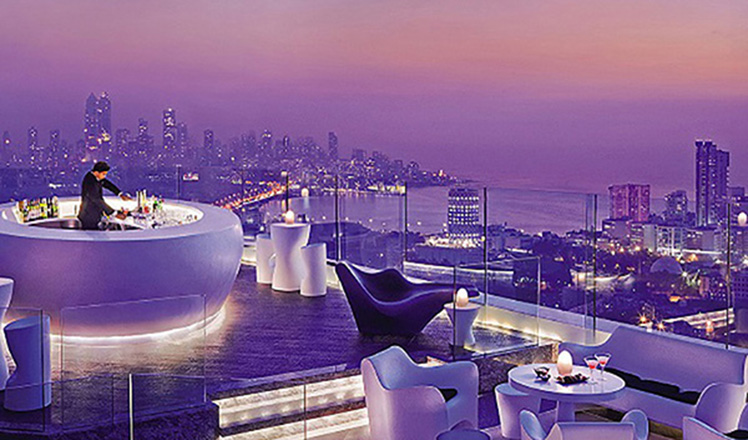
 Top 10 cities with most billionaires in 2016
Top 10 cities with most billionaires in 2016
 Milan Fashion Week: Dolce & Gabbana Autumn/Winter 2016 collection
Milan Fashion Week: Dolce & Gabbana Autumn/Winter 2016 collection
 Top moments from Oscars 2016
Top moments from Oscars 2016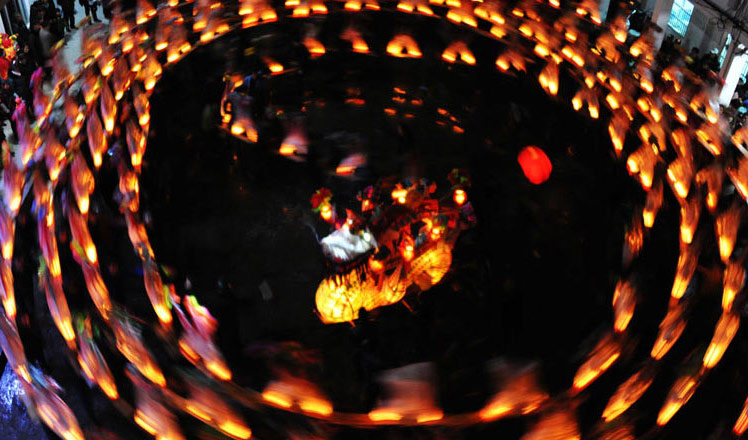
 China Daily weekly photos: Feb 20-26
China Daily weekly photos: Feb 20-26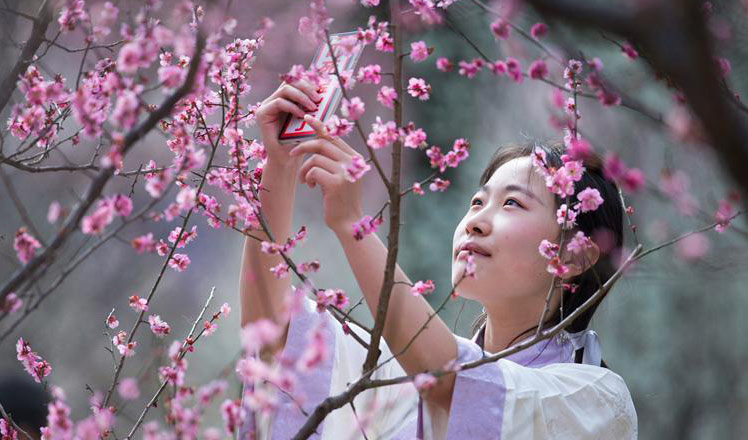
 People view plum blossoms at scenic area in E China
People view plum blossoms at scenic area in E China
 Rural e-commerce developed to promote local products in SW China
Rural e-commerce developed to promote local products in SW China
Most Viewed
Editor's Picks

|

|

|

|

|

|
Today's Top News
What ends Jeb Bush's White House hopes
Investigation for Nicolas's campaign
Will US-ASEAN meeting be good for region?
Accentuate the positive in Sino-US relations
Dangerous games on peninsula will have no winner
National Art Museum showing 400 puppets in new exhibition
Finest Chinese porcelains expected to fetch over $28 million
Monkey portraits by Chinese ink painting masters
US Weekly

|

|







